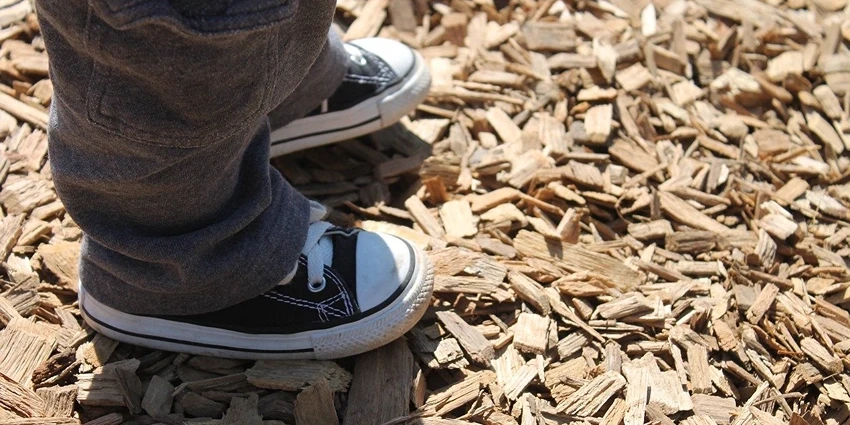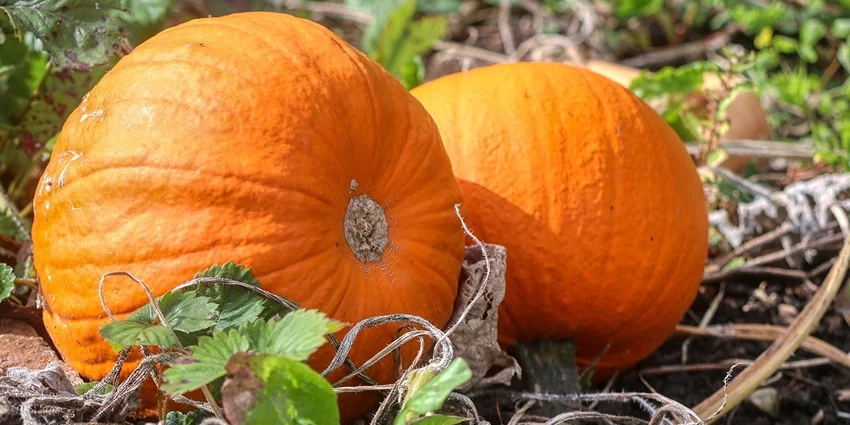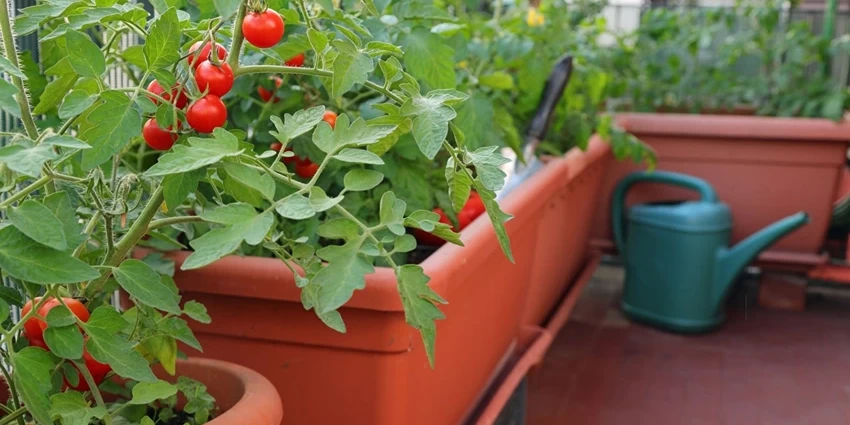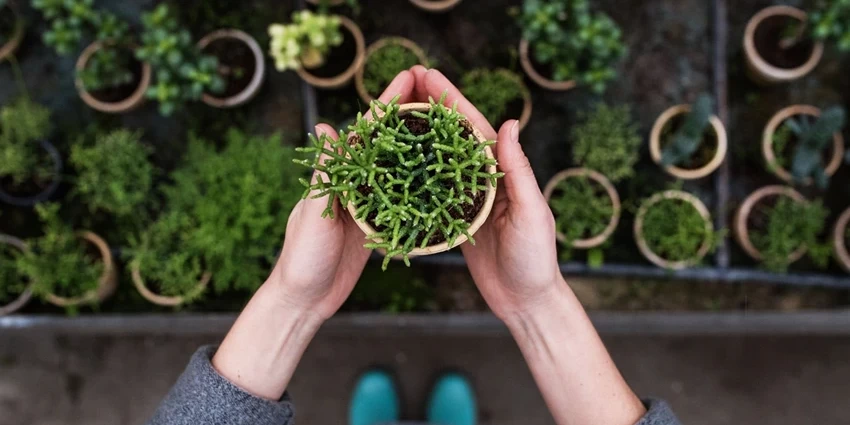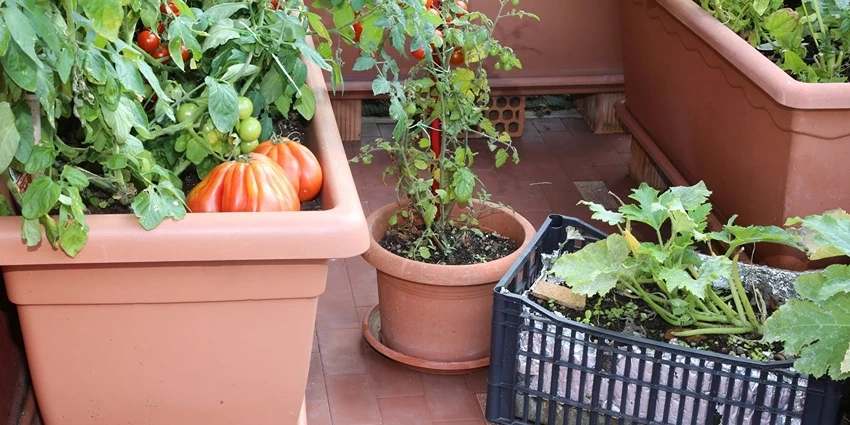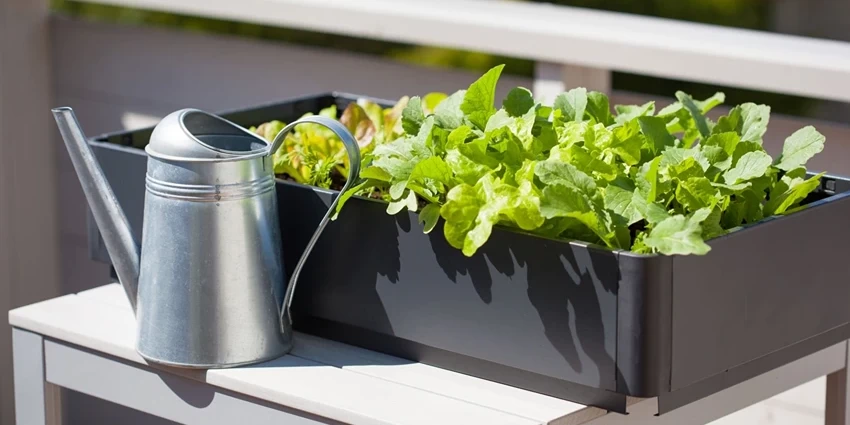All products were chosen independently by our editorial team. This review contains affiliate links and we may receive a commission for purchases made. Please read our affiliates FAQ page to find out more.
Home » Gardening Practices » Vegetable Garden Care
Gardening is not just a pastime; it’s a journey of nurturing life from the soil to the supper table. A thriving vegetable garden is a symphony of well-timed care and attention, where the acts of maintenance, watering, and pruning play pivotal roles. Whether you’re a seasoned gardener or a green-fingered novice, understanding the nuances of garden care can transform your vegetable patch into a bountiful harvest.
Register for our latest in-depth reviews and product round-ups from the experts.
Enter your email address below to receive our monthly review emails.
By entering your details, you are agreeing to our terms and conditions and privacy policy. You can unsubscribe at any time.
The Foundation of Garden Care: Soil and Sunlight
Understanding Soil Health
Your vegetable garden’s vitality hinges on effective vegetable garden troubleshooting, starting with the soil, which is the essential foundation that supports and nourishes your plants, making its maintenance crucial.
- Soil Composition: A balance of clay, sand, and silt, along with organic matter, makes for fertile ground.
- pH Levels: Vegetables thrive in slightly acidic to neutral soil (pH 6.0-7.0).
- Nutrient Balance: Regular testing can reveal nutrient deficiencies, which can be remedied with organic amendments.
Sunlight: The Lifeblood of Your Garden
Photosynthesis is the engine of growth, and sunlight is its fuel. Most vegetables require a minimum of six hours of direct sunlight per day. Observe the patterns of light and shade in your garden, and position your plants accordingly.

Water Wisdom: Quenching Your Garden’s Thirst
How Often and How Much?
Watering your vegetable garden is less about sticking to a rigid schedule and more about understanding the needs of your plants. The goal is to encourage deep root systems that are resilient and efficient in nutrient uptake.
For those looking to dive deeper into vegetable gardening, learning how to grow cucumbers can provide valuable insights into the nuances of plant care. Cucumbers, with their unique requirements, serve as an excellent example of how tailored watering strategies can enhance growth and yield.
- Check the Soil: Before watering, check the soil moisture. The top half-inch should be dry to the touch.
- Water Deeply: Infrequent and deep watering is better than frequent shallow sprinkles.
- Morning Ritual: Watering in the early morning minimizes evaporation and prepares plants for the day’s heat, similar to how a morning routine of checking your best cordless lawn mowers ensures they are ready for use.
Watering Techniques for Success
Different vegetables have different needs, just as different garden tasks require specific tools. For instance, the way you water impacts plant health, and using the best hedge trimmers can significantly enhance the maintenance of your garden’s hedges and borders.
- Drip Irrigation: This system delivers water directly to the roots, reducing waste and the risk of leaf diseases. For efficient cleanup in your garden, consider using one of the best leaf blower vacuums.
- Soaker Hoses: An efficient method for watering rows of plants evenly.
- Mulching: A layer of organic mulch retains moisture and regulates soil temperature.
Pruning: The Gardener’s Sculpting Tool
The Purpose of Pruning
The Gardener’s Sculpting Tool – Pruning isn’t just about shaping; it’s about optimizing your garden’s productivity. By removing excess growth, you direct energy to the fruit-bearing parts of the plant. For this task, using the best gardening shears can make a significant difference.
- Increase Airflow: Pruning helps prevent disease by improving air circulation.
- Enhance Sunlight Exposure: It ensures that sunlight reaches the lower leaves.
- Control Plant Size: It keeps plants manageable and focused on producing vegetables, not just foliage.
Pruning Practices
Knowing when and how to prune can make all the difference in the health and yield of your vegetable garden.
- Timing: Prune in the cool of the morning or evening to reduce stress on the plants.
- Technique: Use clean, sharp tools to make precise cuts.
- Judgment: Learn to distinguish between necessary pruning and over-pruning, which can stress and weaken plants.

Ongoing Garden Maintenance: A Labor of Love
Mulching: A Multitasker’s Dream
Mulch is a gardener’s best friend. It suppresses weeds, retains moisture, and adds organic matter to the soil as it breaks down. For more detailed insights on mulching, especially in vegetable gardens, explore our guide on vegetable garden mulching.
- Organic Options: Straw, wood chips, and leaf mould are excellent choices.
- Application: Apply a 2-inch layer around your plants, taking care not to smother them.
Fertilization: The Nutritional Boost
Fertilizers are the multivitamins of the garden world, providing essential nutrients that might be lacking in the soil.
For a comprehensive guide on nurturing your vegetable garden, check out our vegetable garden inspiration page.
- Organic Fertilizers: Options like compost, manure, and bone meal release nutrients slowly and improve soil structure.
- Application Schedule: Fertilize in the early stages of growth and periodically throughout the season, according to the needs of specific plants.
Weed Warfare
Weeds are more than just unsightly; they’re competitors for resources. Regular weeding ensures that your vegetables aren’t fighting for water, light, and nutrients.
- Manual Removal: Hand-pulling weeds is the most straightforward method, though it can be labor-intensive.
- Cultivation: Stirring the top layer of soil with a hoe can disrupt weed seedlings.
Seasonal Routines: The Gardener’s Calendar
Spring Awakening
As the garden shakes off the winter chill, it’s time to prepare the beds for planting.
- Soil Preparation: Incorporate compost or other organic matter to replenish nutrients.
- Planting: Follow the last frost dates and get your seedlings and seeds into the ground.
Summer’s Zenith
The height of the growing season is a time of vigilance and care.
- Monitoring: For comprehensive vegetable garden tips, keep an eye out for pests and diseases, catching them before they become serious problems.
- Maintenance: Continue your watering and weeding routines, and start to enjoy the fruits of your labor.
Autumn Reflections
As the days shorten, it’s time to wind down the garden.
- Harvest: Gather the last of your crops before the first frost.
- Cleanup: Remove spent plants and debris to prevent disease and pests next season.

Maximizing Harvest: Advanced Maintenance Techniques
Soil Enrichment Strategies
To keep your garden’s soil fertile and ready for the next planting season, consider these advanced techniques:
- Crop Rotation: Avoid planting the same vegetable in the same spot year after year to prevent soil-borne diseases and nutrient depletion.
- Green Manure: Planting cover crops like clover or alfalfa can fix nitrogen in the soil and improve its structure.
| Technique | Benefits | Implementation Time |
| Crop Rotation | Reduces pests and diseases | Annually |
| Green Manure | Adds nutrients; improves soil | End of season |
Integrated Pest Management (IPM)
IPM is a sustainable approach to managing pests by combining biological, cultural, physical, and chemical tools in a way that minimizes economic, health, and environmental risks.
- Biological Controls: Encourage beneficial insects that prey on pests.
- Cultural Practices: Rotate crops and select disease-resistant varieties.
- Physical Barriers: Use nets and row covers to protect plants from insects and wildlife.
The Art of Watering: Beyond the Basics
Irrigation Systems: A Closer Look
While we’ve touched on drip irrigation and soaker hoses, let’s explore the specifics of these systems and how they can be optimized for your organic vegetable garden.
- Drip Irrigation: Ideal for targeted watering, reducing waste and minimizing leaf wetness that can lead to disease.
- Soaker Hoses: Best for long, straight rows. They can be buried under mulch to reduce evaporation.
| System | Water Efficiency | Best For |
| Drip Irrigation | High | Targeted watering |
| Soaker Hoses | Moderate | Long rows |
Mulching: Beyond Weed Control
Mulch does more than suppress weeds; it also plays a crucial role in water conservation and soil temperature regulation.
- Organic Mulches: Such as straw or grass clippings, which break down and enrich the soil.
- Inorganic Mulches: Like black plastic, can warm the soil and promote faster growth in the early season.
| Mulch Type | Benefits | Considerations |
| Organic | Improves soil health | Needs replenishing |
| Inorganic | Warms soil | Does not improve soil |

Pruning: Fine-Tuning for Optimal Growth
Selective Pruning
Selective pruning involves removing specific parts of a plant to improve its shape, encourage fruit production, or maintain health.
- Deadheading: Removing spent flowers to encourage more blooms.
- Thinning: Removing crowded plants to improve air circulation and reduce competition for nutrients.
| Pruning Type | Purpose | Timing |
| Deadheading | Encourage blooming | As needed |
| Thinning | Improve air circulation | Early growth stage |
Frequently Asked Questions
Water needs can vary greatly depending on the weather, soil type, and plant needs. As a general rule, water when the top half-inch of soil feels dry to the touch.
Tap water is generally fine for most gardens. However, if your water is heavily chlorinated or contains high levels of other chemicals, consider using a filter or collecting rainwater.
Prune either in the early morning or late afternoon to avoid the heat of the day, which can stress the plants.
Look for signs of nutrient deficiency, such as yellowing leaves or stunted growth. Soil tests can also provide a clear picture of nutrient levels.
Crop rotation is beneficial in gardens of any size to prevent disease and pest buildup and to manage soil nutrients effectively.
In nurturing a vegetable garden, every gardener weaves a unique tale of care, patience, and attentiveness to the whispers of nature. The joy found in the daily dance of maintenance, watering, and pruning is immeasurable, and the rewards are not just in the harvest but in the harmony created within the ecosystem of your own backyard.
Eleanor is the quintessential spirit of the British gardener — passionate, dedicated, and endlessly curious about the natural world. Born and raised amidst the verdant landscapes of the Cotswolds, she developed an early love for the outdoors, often spending hours in the family garden with her hands buried in the soil, nurturing every type of plant she could find.



